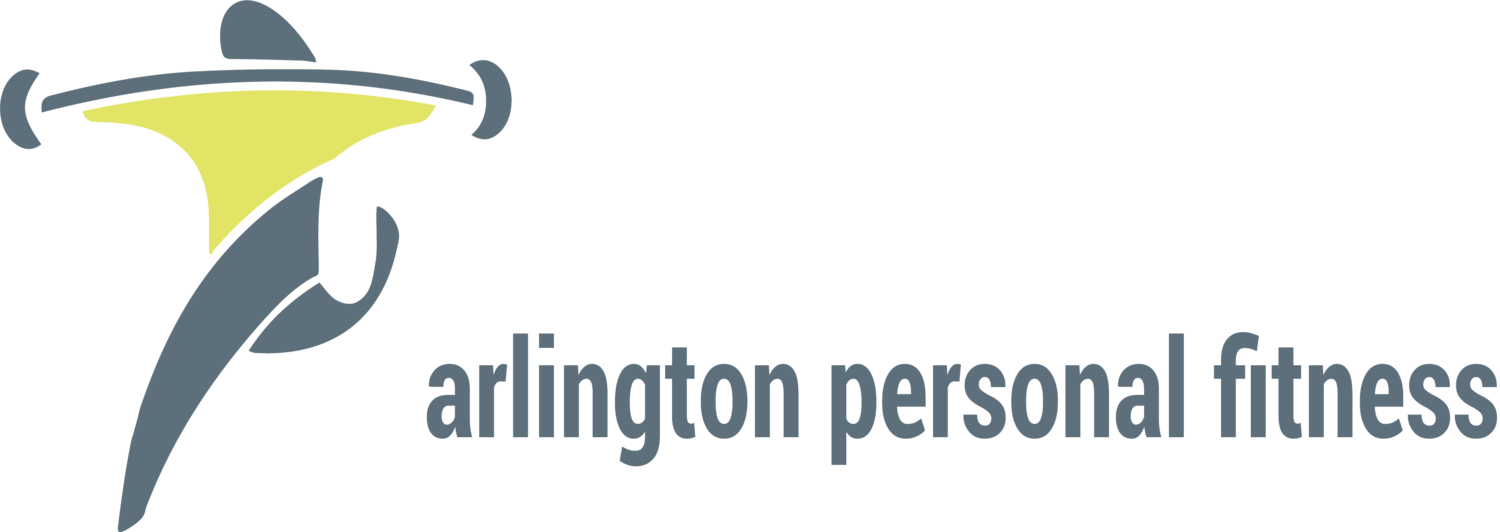Balance and Stability Training.
/ATHLETE50 Blog #3 Balance and Stability
“Oh Crap”
A friend once told me that the key to staying injury free AND being competitive in a game or match depends on our ability to recover from the multiple “Oh Crap” positions we find ourselves in during play. “ Oh Crap” positions are those where we are almost out of control but are able to come back into full control. I find this to be even more important for athletes+50!
As we age a number of physiological changes happen that affect our balance and stability as well as our ability to RECOVER FROM those unbalances and instabilities.
Balance:
The ability to control and maintain our body’s position is BALANCE. Obviously, this is a crucial attribute to an athlete. The inner ear interacts with our eyes, joints, muscles and bones to keep us balanced.
Possible causes of losing our balance and stability are:
1) Inner ear disturbances.
2) Vertigo.
3) Poor eye sight.
4) Joint issues.
5) Muscular weakness.
Improving Balance and Stability
If you suspect that numbers 1,2 and 3 above are the causes or are contributing to balance problems then go see a doctor right away. Glasses, antibiotics for inner ear infections, or prescription corrections for your glasses may just do the trick. If it’s more complicated than that, you’ll definitely be glad you went to see the Doc!
As far as numbers 4 and 5 above are concerned, our work in gym can do a lot to improve balance. Sensors in the joints and muscles detect things like joint angles and pressure and muscle tension and send this information to the central nervous system to maintain balance and stability.
The old adage of use or lose it applies here. If you don’t train,they will only get worse so keep training them! Detraining of these proprioceptors and muscles affects our balance negatively. Routinely doing exercises that tax your balance system such as working on a BOSU ball or using a TRX System or simple exercises like one leg hops are great ways to improve our stability. BUT don’t neglect the benefits of strength training or plyometrics training to help us recover from the “Oh Crap” positions. Once our balance is lost –and that will happen- we need those fast twitch muscle fibers powerful and ready to act.
Six exercises-- 2x/week-- 4-8 weeks=Balance^ Stability^
BOSU Squats (2 setsx10-15 reps)
BOSU Pushups (2 setsx10-15 reps)
BOSU Squat Hops (2 setsx10-15 reps)
TRX Rotational Rows (2 setsx30-60 seconds each side)
Loop Hops (2 setsx60 seconds each leg)
One Leg Deadlift (2 setsx10-15 reps each side)
Click here to see a sample balance and stability video

